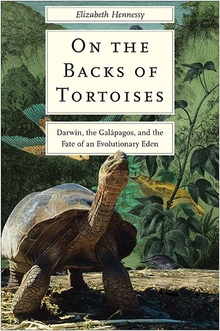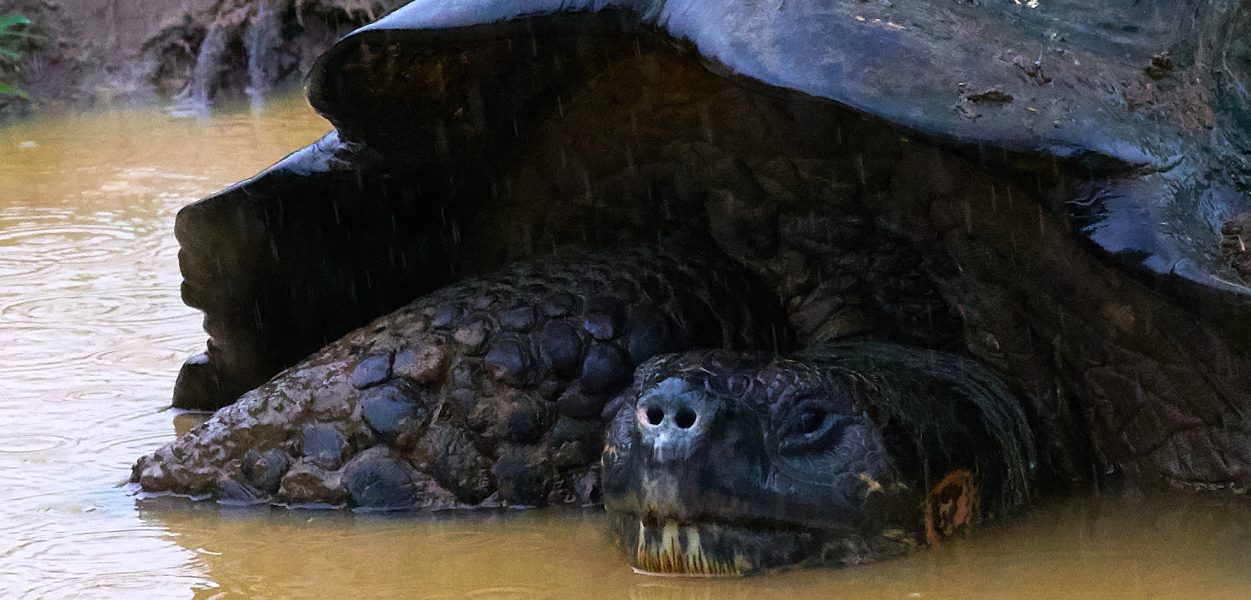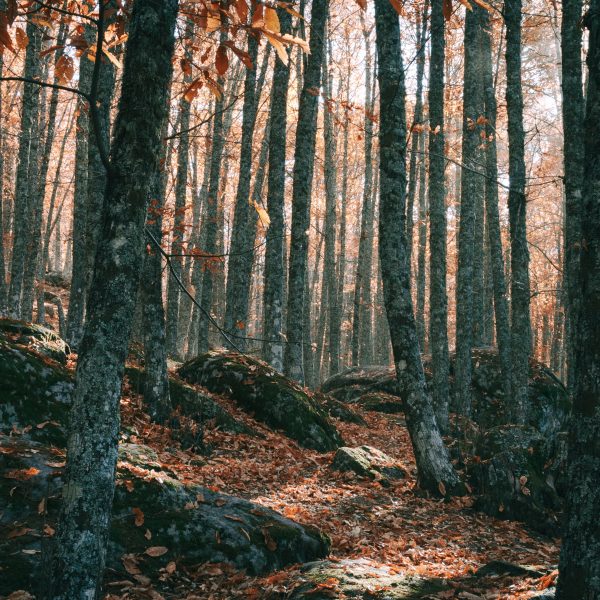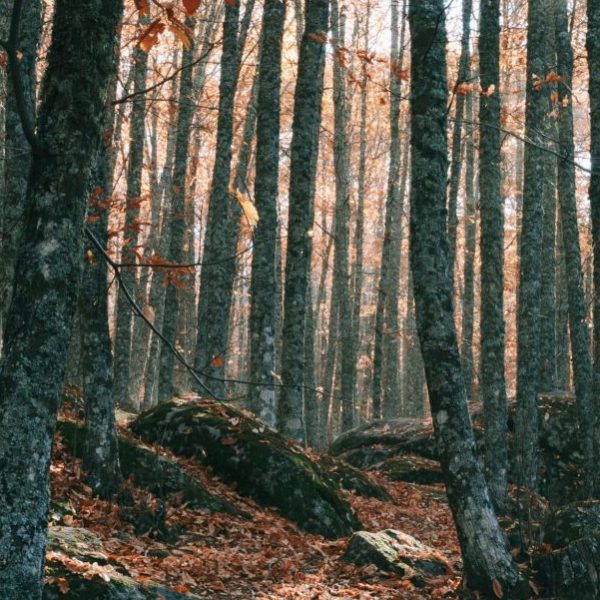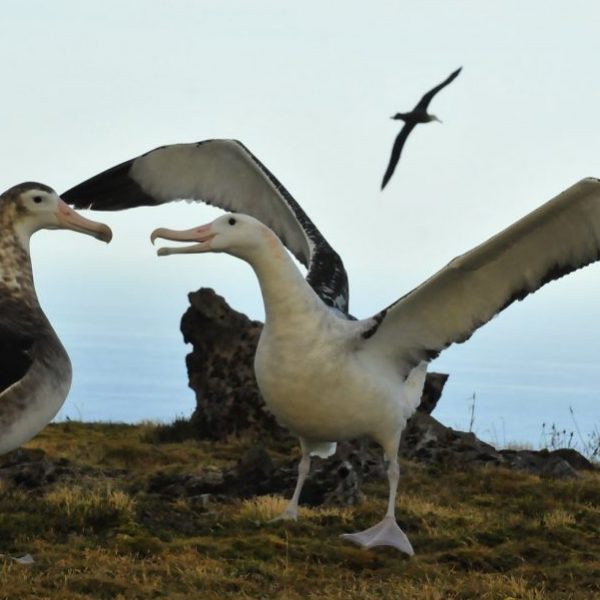Charles Darwin, Tortoise Hunter?
Elizabeth Hennessy—
On a sunny day in October 1835, a twenty-six-year-old Charles Darwin hiked from the parched coast of Santiago Island in the Galápagos archipelago to the island’s green, damp highlands. After a long walk, he sat in the shade and watched the island’s giant tortoises as they ambled along broad roads that had been trodden by their elephant-like feet over countless generations. He timed their gait (faster than he supposed), measured their carapaces (six and eight feet in circumference), and tried to lift them (tortoises can weigh upward of 500 pounds). Finding he could not, he climbed aboard, rapping on their shells and trying not to slip off their backs as they trudged along.
Today the Santiago tortoises are named for Darwin. Chelonoidis darwini and the other eleven remaining species of giant tortoises in this Pacific archipelago are textbook examples of evolution. Yet it was not Darwin who revealed their evolutionary significance. Although he made notes about the animals’ behavior, gait, hearing, and size, he did not make scientific collections of the tortoises, as he did with birds, plants, rocks, lizards, and insects. Instead, he ate them.
For two days while Darwin was on Santiago he camped with local tortoise hunters—and subsisted on nothing but tortoises. The “Spaniard” hunters, as Darwin called them, were political exiles and prisoners from the new state of Ecuador who were collecting meat for a penal colony on another island. For dinner, they made tortoise carne con cuero in the style of Argentinian gauchos—roasting meat on the breastplate and frying it in tortoise fat. Jotting down his impression of the meal afterward, Darwin deemed it “very good,” although he preferred the “capital soup” made of young tortoises.
Other sailors were far more impressed by the taste of tortoise than Darwin. In his day, the tortoises were world-renowned for their flavor, not as charismatic conservation icons as we now know them. In the mid-nineteenth century most visitors to the Galápagos came not to marvel at unique endemic creatures as tourists do today, but to find their dinner. Throughout the eighteenth and nineteenth centuries, the Galápagos were a popular stopover for ships in the eastern Pacific that carried pirates, buccaneers, whalers, and sealers. Though the islands had little fresh water, they were a useful storehouse where sailors could gather timber, fresh fruits and vegetables, and above all, giant tortoises. Indeed, the archipelago got its name from Spanish sailors who found tortoises, or galápagos as they called them—an old Spanish word for tortoise. After months at sea, the tortoises were a sought-after prize for weary sailors: as one British admiralty captain-turned-whaler wrote in 1798, giant tortoise meat, “in whatever way it was dressed, was considered by all of us as the most delicious food we had ever tasted.”
Captain David Porter, who helmed the U.S.S. Essex during the War of 1812, wrote that “the finest green turtle is no more to be compared to them, in point of excellence than the coarsest beef is to the finest veal, and after once tasting the Gallapagos tortoise, every other animal food fell greatly in our estimation.” Not only was tortoise tasty, but Porter found the meat to be “the easiest of digestion,” reporting that “a quantity of it, exceeding that of any other food, can be eaten without experiencing the slightest inconvenience.”
Acquiring tortoises, though, was not easily accomplished. For many Pacific sailors, a “turpin” hunt was a rite of passage. It was a difficult day’s work that involved hiking up rocky terrain and through briar patches, and then—once sailors found tortoises—carrying animals that could easily have been at least half their own weight back down to shore. The Beagle men took forty-five giant tortoises on board as food, although ships commonly took dozens, if not hundreds, more of the animals to fill their hulls. The tortoises are said to have been able to survive for months, even a year or more, without food or water, which made them an ideal portable source of fresh meat and fat.
Might Darwin have hunted tortoises alongside the local colonists or the Beagle crew? Helped them find and prepare tortoises for dinner? Darwin was a gentleman sailor, something of a tourist along on the Beagle voyage chiefly to keep Captain Robert FitzRoy company, so it is unlikely that he would have been tasked to hunt or cook with the ship’s working crew. But then again, he was a young man when the Beagle sailed, and an enthusiastic naturalist during an age when hunting was a central part of studying nature. Even if Darwin was not responsible for catching his own dinner, he was an avid hunter.
This is not the Charles Darwin remembered by the many tourists who journey to the Galápagos for an opportunity to walk in the great naturalist’s footsteps. Indeed, today in the islands Darwin is heroized as a patron saint of conservation, his likeness enshrined in numerous statues and printed on countless souvenir t-shirts. Yet visitors can no longer do the things that Darwin did in the islands—be it eating tortoises or riding on their backs. Although Darwin’s theory of evolution would forever change how we look at nature, his actions are part of the history of exploitation of the natural world that conservation seeks to remedy. It can be surprising to look back at Darwin as one of thousands of sailors who hunted tortoises in the Galápagos. But doing so is a reminder of how much human relations with animals have changed since his time. It is also a reminder of the tendency to remake our heroic ancestors as we memorialize them.
Elizabeth Hennessy is a geographer and assistant professor of history and environmental studies at the University of Wisconsin–Madison, where she is on the steering committee of the Center for Culture, History, and Environment.
Further Reading:
